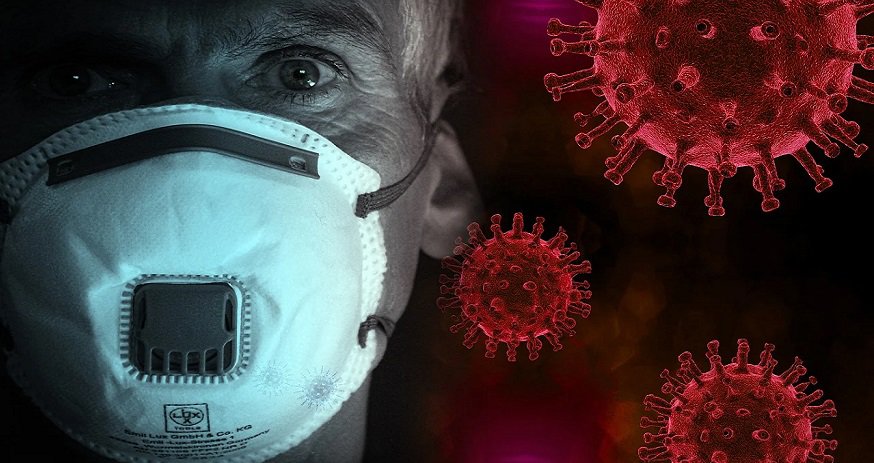The calculation is based on publicly available data combined with outbreak epidemiological equations.
MIT has developed a new machine learning model mean to predict the rate and pattern of spread of the COVID-19 novel coronavirus.
It predicts that if quarantine regulations are lightened, the disease will spread much faster.
The machine learning model was based on established epidemiological equations about outbreaks combined with publicly available data as well as neural network-based inference. When it was applied to the coronavirus spread data from late January to early March, its predictions proved accurate based on what actually happened leading up to April 1 in various regions worldwide.
It also suggested that any relaxation or elimination of quarantine regulations in the immediate or near-term would result in an “exponential explosion” of infection rates.
MIT researchers developed this calculation based only on the data collected about COVID-19’s spread. Other prior calculations have incorporated data from other outbreaks such as SARS and MERS.
The machine learning model points to a substantially higher infection rate if restrictions slacken.
By combining data available about COVID-19 with a neural network-based estimate of the number of people who are infected but who are effectively participating in quarantine (therefore no longer acting as a high infection risk to those around them), it makes it possible for the new calculation to reach beyond those previously developed for its accuracy and predictions. It takes the understanding of the impact of isolation and social distancing to a level that has not previously been accessed. It also helps to better understand what might happen if those regulations are eased or removed.
MIT’s researchers trained the model to use the data to predict when the current COVID-19 infection rate would plateau in the United States as well as Italy. It forecasts that this will occur within the next week or so, provided the quarantine regulations remain the same. This aligns with other predictions and is promising for the healthcare system.
However, the machine learning model’s prediction of a plateau exists only if the quarantines stay in place. A plateau is not the same as a signal that things can start returning to normal. The conclusion of the MIT study is that “relaxing quarantine measures too soon, we have predicted that the consequences  would be far more catastrophic,” said George Barbastathis, its developer and MIT mechanical engineering professor.
would be far more catastrophic,” said George Barbastathis, its developer and MIT mechanical engineering professor.
